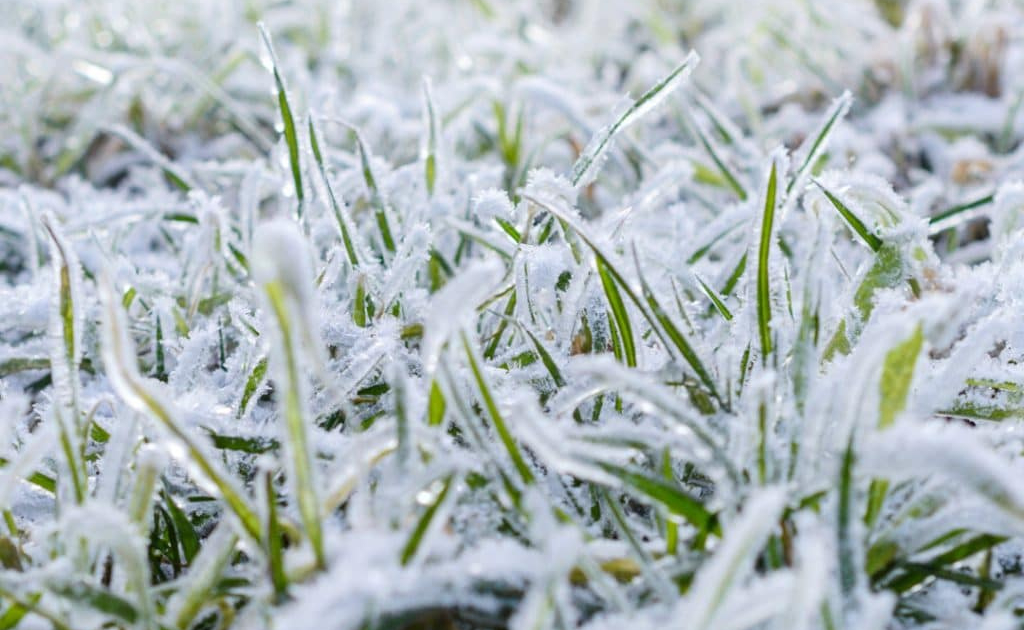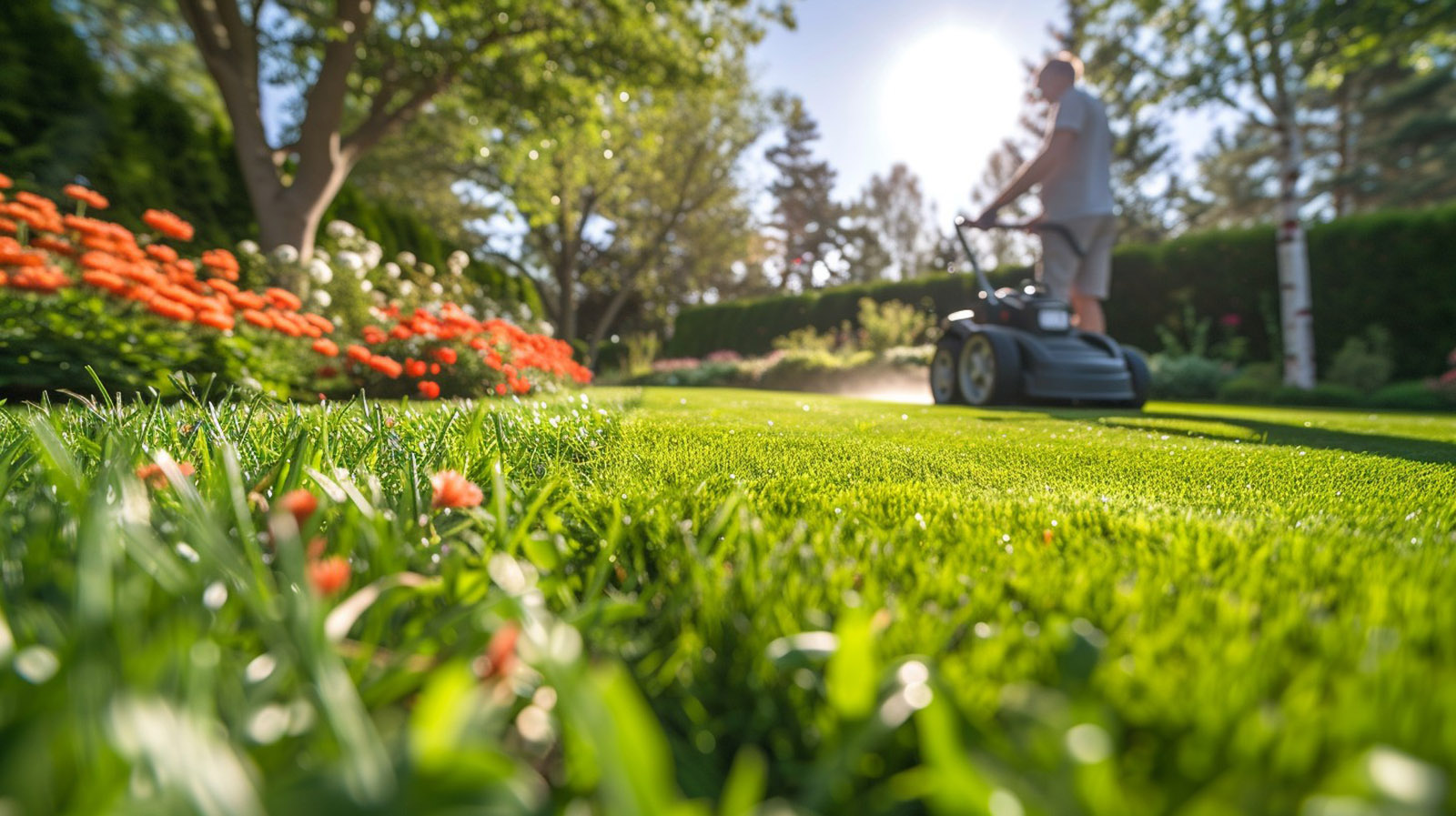
Lush lawns don’t just happen by chance. Dedicated property owners with beautifully manicured lawns understand that achieving this takes year-round effort, even during winter. One crucial winter task that often goes overlooked is aerating your lawn.
What is Soil Aeration?
Soil aeration involves perforating the soil with small holes to allow air, water, and nutrients to penetrate down to the grassroots. This process helps the roots grow deeper and stronger, resulting in a more resilient and healthy lawn.
Why is Aeration Important?
Aeration addresses a common problem: soil compaction. Compacted soil restricts the flow of air, water, and nutrients to the roots of the grass, inhibiting growth and health. Combined with lawn thatch, compacted soil can essentially suffocate your grass, starving it of the essentials it needs to thrive.
Signs Your Lawn Needs Aeration
High Traffic: If your lawn is frequently used as a playground by kids and pets, it’s likely compacted and in need of aeration.
New Construction: Newly constructed homes often have stripped topsoil, and the subsoil is usually compacted from construction activity, making aeration necessary.
Soil Layering: If your lawn has been recently established and has soil layering, aeration can break up these layers and improve water flow to the roots.
Even if you don’t notice these specific signs, it’s generally beneficial to aerate your lawn during winter to prepare it for the growing season.
Benefits of Winter Aeration

The Benefits of Aerating Your Lawn in Winter
Improved Water Retention: One of the challenges during winter is the soil’s reduced ability to retain water. Aeration enhances water retention by facilitating the flow of water directly to the roots, which is crucial during the drier winter months.
Enhanced Nutrient Absorption: Aerating the soil after applying winter fertilisers helps nutrients reach deep into the root system, maximizing the effectiveness of your fertiliser application.
Stronger Roots: Winter aeration promotes deep root growth, making your grass more resilient and ready to thrive when spring arrives.
Disease Prevention: Aeration helps reduce the buildup of lawn thatch and organic debris, which can harbour pests and diseases. By keeping the soil loose and well-aerated, you promote a healthier lawn environment.
How to Aerate Your Lawn
- Choose the Right Equipment: Depending on the size of your lawn, you can use a manual aerator, a spike aerator, or a plug aerator.
- Aerate at the Right Time: The best time to aerate is when the soil is moist but not waterlogged. Avoid aerating frozen ground.
- Follow a Pattern: Aerate in a systematic pattern to ensure even coverage across your lawn.
- Post-Aeration Care: After aerating, consider applying a layer of compost or sand to help fill in the holes and improve soil structure. Water the lawn thoroughly.

The Benefits of Aerating Your Lawn in Winter
Winter aeration is a key step in maintaining a vibrant and healthy lawn. By taking the time to aerate now, you set the stage for a lush, green lawn that will flourish in the warmer months. Remember, a well-aerated lawn is a happy lawn!

